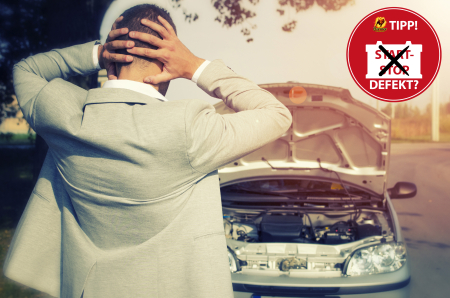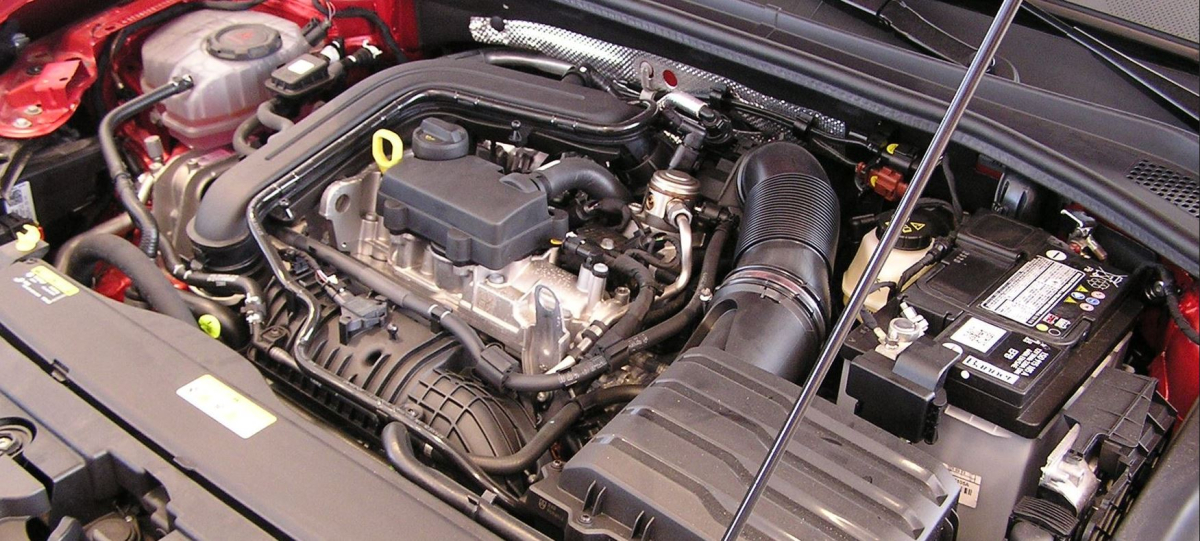START-STOP DOES NOT WORK?
DEACTIVATED OR DEFECTIVE?
Questions upon questions and here is our answer in summarised form.
Depending on the car manufacturer and model, there are several factors that can deactivate the automatic start-stop function.
Please do not immediately assume a defect if the start-stop technology does not work.
There are some cases in which the vehicle specifically deactivates the start-stop function due to the circumstances. These include the following 13 situations:
- High or low outside and/or engine temperature. Please note: The first start-stop systems used on the market worked up to an ambient temperature of around +3 degrees Celsius, depending on the car manufacturer. The new start-stop technologies already work down to a temperature of approx. -5 to -10 degrees Celsius. Maximising the start-stop operating temperature further increases the demands on the start-stop battery!
- Temperature not yet reached in the passenger compartment, e.g. when the heating is running in winter.
- Air conditioning and/or the heated windscreen is fully operational.
- Stop-and-go traffic, e.g. in urban areas or traffic jams.
- Vehicle still in motion, e.g. when coasting.
- The car was not travelling "fast" enough. Depending on the car manufacturer, the vehicle must have travelled faster than approx. 4 km/h at least once.
- Large road gradient or extreme incline.
- Actuation of the clutch pedal.
- Battery sensor not working.
- Towing a coupled trailer, the brake booster is not active when the engine is switched off.
- Brake pressure too low.
- Indications that the driver is parking or wants to park: seat belt buckle undone, door(s) or bonnet open, steering wheel and wheels turned sharply or active parking assistant.
- Active particulate filter regeneration (DPF diesel particulate filter), this can take up to 40 minutes. The engine speed increases (3,500 rpm) and injection is delayed in order to significantly increase the exhaust gas temperature.
A relatively new phenomenon just researched: Start-stop system does not switch off.
This is usually caused by a software error in the engine control unit. Your trusted garage can help: update the software, query the error code and take a test drive to check.

Circumstances that may generally indicate a defect:
- Start-stop battery: Extremely low state of charge of the battery (SOC State Of Charge) - then charge the battery and check the alternator (generator). Please remember: If recuperation is also used in the start-stop vehicle (recovery of braking energy), the AGM or EFB battery artificially operates at a lower state of charge of approx. 70% (SOC State Of Charge 70%)!
In the event of a battery defect - i.e. total failure - the start-stop battery must be replaced. Banner tip: Never install a conventional starter battery in a vehicle with start-stop technology that has been fitted with an AGM or EFB battery as standard. Not even if the automatic start-stop system is switched off temporarily or permanently, because the cyclical load caused by additional electrical or electronic consumers is enormous and leads to start-stop failure and battery failure of a conventional starter battery within a few months! Continuous operation in a partially discharged state (SOC State Of Charge at approx. 70%) alone guarantees the premature failure of a conventional battery. - Outside temperature sensor, coolant temperature sensor and/or air mass sensor can cause problems.
- Clutch switch does not allow status transmission to the engine control unit due to defect, even then start-stop is deactivated.

Good to know! The automatic start-stop function never works immediately after a cold start, but only when the engine has reached operating temperature.
More articles on this topic

